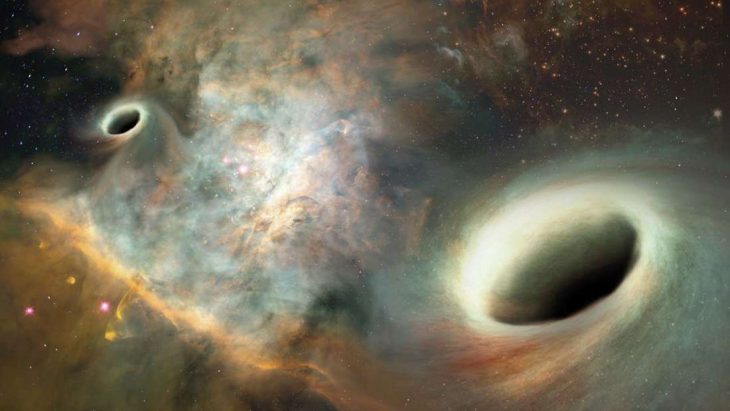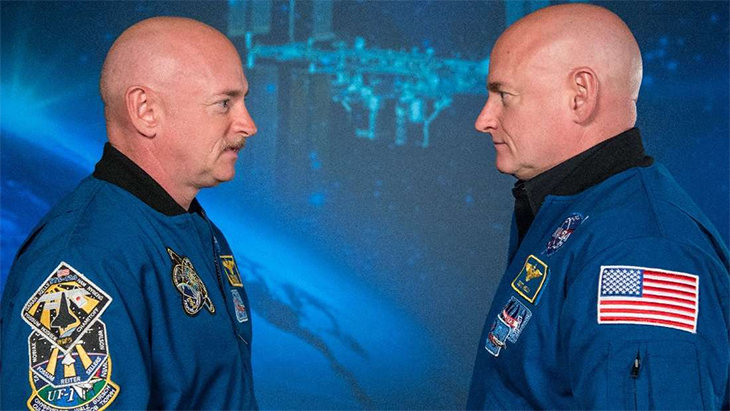By: Alfredo Carpineti/IFLScience In a groundbreaking series of observations, astronomers have used radio waves to observe two supermassive black holes orbiting around each other. This discovery, combined with the observations of gravitational waves from LIGO, are opening up a completely new avenue in black hole studies.
The team used the Very Long Baseline Array (VLBA) to study galaxy 0402+379, which is located 750 million light-years from Earth. It was a great candidate for this investigation because it was suspected to have two supermassive black holes following a galaxy merger. Since 2003, the team have been observing these two objects and can finally confirm for the first time that they are orbiting each other. The discovery is reported in the Astrophysical Journal.
“For a long time, we’ve been looking into space to try and find a pair of these supermassive black holes orbiting as a result of two galaxies merging,” Professor Greg Taylor, from the University of New Mexico, said in a statement. “Even though we’ve theorized that this should be happening, nobody had ever seen it until now.”
The two supermassive black holes have a combined mass equivalent to 15 billion times the mass of our Sun. They are heavyweights even compared to the supermassive black hole at the center of the Milky Way, which is about 4 million times the mass of the Sun. These black holes are also 23 light-years apart and orbit each other every 24,000 years. It’s easy to see why it took the team 12 years to begin to map their orbit.
“If you imagine a snail on the recently discovered Earth-like planet orbiting Proxima Centauri – 4.243 light-years away – moving at 1 centimeter a second, that’s the angular motion we’re resolving here,” added co-author Professor Roger W. Romani, from Stanford University, in a statement.
“We’ve been collecting data about this object since 2003 and we have been able to resolve this really really small motion,” lead author Karishma Bansal, also from the University of New Mexico, told IFLScience. “It is such a tiny fraction of a degree. This is a technical triumph. Understanding that and being able to comment on that is a big achievement.”
The team will perform more observations of the system over the next five years. Supermassive black holes play a crucial role in galaxy evolution and studies like this are crucial to shine a light on the dark corners of the universe.




